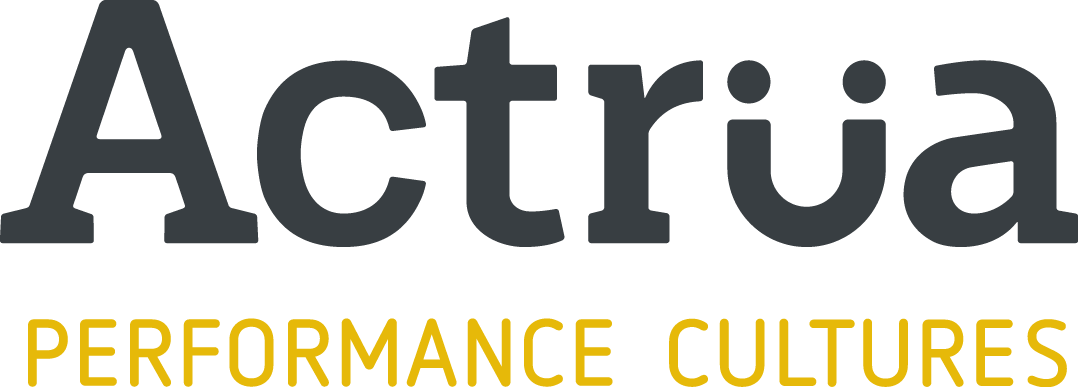You’ve probably heard of the Rule of Three. It’s a writing principle that suggests if you want something to stick in people’s minds, sequence it in threes. Think of fairy tales like The Three Little Pigs and Goldilocks and The Three Bears, which featured trios of characters and objects in a three-peat pattern.
There’s definitely something in the Power of Three. Over the past few weeks I’ve been trialling what I think may be a new Rule of Three – the Three-Way Conversation. I have been fortunate to partner with the progressive CEO of a large organisation, who engaged me as an independent external coach to support the executive performance development and review process.
Each executive participated in a 360-degree feedback assessment and debrief with me before the three-way conversation with me and the CEO.
Importantly, the CEO focused the conversation on the relationship. There was nary a performance development plan or KPI matrix to be seen. In fact, the CEO started each conversation by saying the focus would be on the working relationship and that a review of KPI performance was a topic for another day.
Based on what I learned, here are three reasons to bring a third party coach to your 1:1 performance development meetings:
1. Disrupt the dynamic
When people have worked together for a while they get good a predicting how a conversation will go and often fall into the same conversational patterns. Involving a third party coach—who isn’t part of the usual day-to-day interactions—disrupts the dynamic.
It immediately creates an opportunity to move from a discussion about ‘you’ and ‘me’, to a more meaningful dialogue about ‘us’. By asking questions from outside the CEO/executive relationship, the coach can open up conversational paths about the way the two leaders work together and with the broader executive team that would otherwise go unexplored.
2. Diagnose the disconnect
Another side-effect of people knowing each other well is the propensity to ascribe intent and meaning to what others say and do. When people get this right, it’s a shortcut to connection. But get it wrong and those incorrect assumptions can lead to continued miscommunication and frustration on both sides.
By holding individual sessions with the CEO and executive before the three-way discussion, the coach can create a safe space to surface underlying issues, making it easier to diagnose the disconnect. When the trio comes together, the coach can ask questions to draw out the different interpretations and enable the two leaders to identify and agree a new shared understanding.
3. Direct the dialogue
As social creatures, most people will avoid awkward moments in conversation. They would rather say nothing than risk damaging the relationship.
An independent coach doesn’t carry the same relationship risk. When a CEO/exeuctive conversation veers into uncomfortable territory, the coach can hold the space and deftly delve deeper into the unsaid. By directing the dialogue with care and courage, the coach can enable leaders to have the conversations they need to have, rather than the conversations they want to have, building a stronger relationship.
The impact of a good three-way
As someone who usually coaches 1:1, I’m hoping to be part of more three-way conversations.
The CEO I’ve been working with believes the three-way performance and development process has improved their relationship with every executive. The CEO estimates that they would have gained only about one-third of the value from the conversations if they had held them in the usual 1:1 format.
If you want to build better relationships with your leaders, try a three-way.
Our performance cultures team at Actrua would love to help. Please get in touch.






